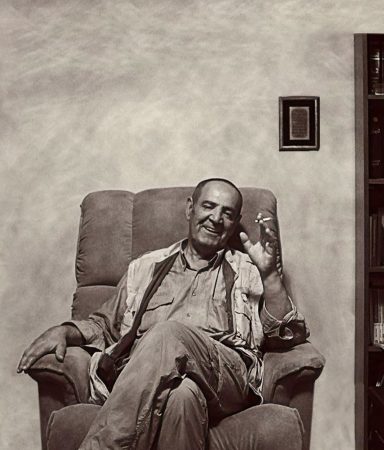Contents
chapter one
1.The Pen, the Preserved Tablet, and Divine Instruction
2.Kufic Calligraphy as the Embodiment of the Sacred Word
3. Preserved Tablet (Lawh Mahfuz), Qur’an,
4. semantical debates about the Origins of Language, and naming
5. Theological and Cosmological Significance of Kufic Script, Letters as Theophanies in Islamic Scripture as Witness
Chapter two
Critical evaluations of disciplines and my philosophy of history
1. epistemological evaluations and perspectives
2. The Limits of Human Consciousness
3. On the Limits of Language and understanding
4. Some Additional Evaluations about Art, Science, Philosophy, Religion, and Mystical Experience
5, On History Itself, Historiography, and the Philosophy of History
chapter three
1. On Historical Origins of Arabic Script and Historical Development of Kufi Calligraphy
2. Kufic Script: The Incarnation of the Word
3. Early Kufic Characteristics and the “Misnomer” Debate
4. Oldest Qur`an Manuscripts
Chapter four
1. Evolution of the Kufi
2 . Dome of the Rock
3. Kufi’s Artistic Maturation
4. Kufic as an Archetype and Its Diverse Styles
5. Regional Variations and Styles of Kufic
6. Ornamental Use of Kufic Script
7. Kufic Calligraphy at the Intersection of Art, Theology, and Philosophy
Annexes:
- About the Art of Calligraphy
- The Quest for Meaning Throughout Time
- Contemporary Interpretations to the Forgotten Dreams of Nebukadnezzar, Kinf of Babel
- Humankind, Being and Time

